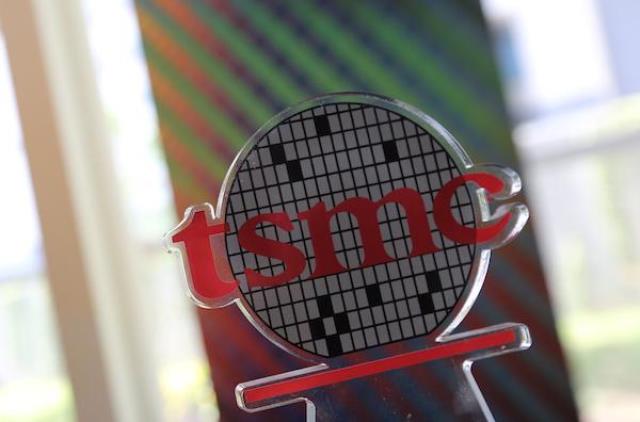Taiwan Semiconductor Manufacturing (TSMC) said its revenue is expected to be between $16.7 billion and $17.5 billion in Q1 2023 with gross profit margin of 53.5-55.5 percent and operating profit margin of 41.5-43.5 percent.
 Wendell Huang, VP and Chief Financial Officer of TSMC, said: “Moving into first quarter 2023, as overall macroeconomic conditions remain weak, we expect our business to be further impacted by continued end market demand softness, and customers’ further inventory adjustment.”
Wendell Huang, VP and Chief Financial Officer of TSMC, said: “Moving into first quarter 2023, as overall macroeconomic conditions remain weak, we expect our business to be further impacted by continued end market demand softness, and customers’ further inventory adjustment.”
TSMC said its revenue for the fourth quarter rose 26.7 percent to $19.93 billion, versus TSMC’s prior estimated range of $19.9 billion to $20.7 billion.
TSMC reported a 78 percent rise in fourth-quarter net profit to T$295.9 billion ($9.72 billion) from T$166.2 billion a year earlier, posting yet another quarterly record, as strong sales of advanced chips helped it defy a broader industry downturn that battered cheaper commodity chips.
TSMC’s fourth quarter gross margin was 62.2 percent, operating margin was 52.0 percent, and net profit margin was 47.3 percent.
TSMC’s semiconductor business has been boosted by a chip shortage sparked by pandemic-fuelled sales of smartphones and laptops. While the shortage has eased, analysts said dominance in making some of the world’s most advanced chips has kept the firm’s order book full.
In October, TSMC cut its annual investment budget by at least 10 percent for 2022 and struck a more cautious note than usual on upcoming demand, flagging challenges from rising inflationary costs and predicting a chip downturn for 2023.
TSMC today said its capital expenditure for 2023 will be $32-36 billion.
Taiwanese chipmaker said it spent $36.29 billion on capital expenditure in 2022, compared to a previous forecast of around $36 billon.
TSMC is the world’s largest contract chipmaker and a major Apple supplier. TSMC’s clients include chip majors such as Qualcomm. TSMC repeatedly said business would continue to be boosted by a mega-trend in the industry, brought by demand for high-performance computing chips for 5G networks and data centers, as well as increased use of chips in gadgets and vehicles.
In the fourth quarter, shipments of 5-nanometer accounted for 32 percent of total wafer revenue; 7-nanometer accounted for 22 percent. Advanced technologies, defined as 7-nanometer and more advanced technologies, accounted for 54 percent of total wafer revenue.
“Our fourth quarter business was dampened by end market demand softness, and customers’ inventory adjustment, despite the continued ramp-up for our industry-leading 5nm technologies,” Wendell Huang said.
